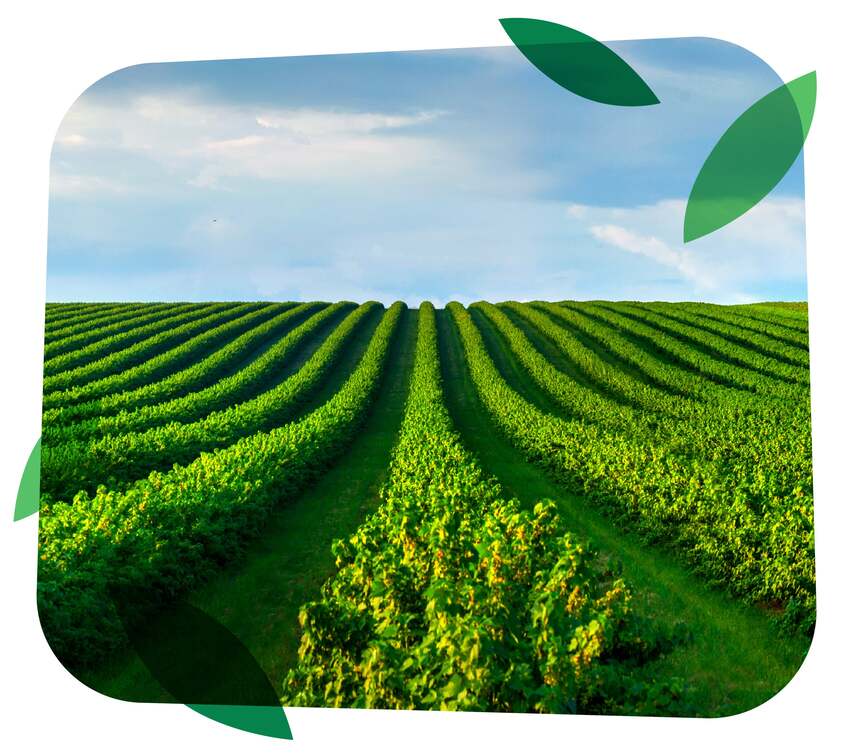Abstract:
Delphinium barbeyi is a common herbaceous wildflower in montane meadows at 2,900 m near the Rocky Mountain Biological Laboratory, and its flowers are important nectar resources for bumblebees and hummingbirds. During the period 1977–1999 flowering was highly variable in both timing (date of first flower ranged from 5 July to 6 August, mean=17 July) and abundance (maximum open flowers per 2×2-m plot ranged from 11.3 to 197.9, mean=82). Time and abundance of flowering are highly correlated with the previous winter's snowpack, as measured by the amount of snow remaining on the ground on 15 May (range 0–185 cm, mean=67.1). We used structural equation modeling to investigate relationships among snowpack, first date of bare ground, first date of flowering, number of inflorescences produced, and peak number of flowers, all of which are significantly correlated with each other. Snowpack depth on 15 May is a significant predictor of the first date of bare ground (R2=0.872), which in turn is a significant predictor of the first date of flowering (R2=0.858); snowpack depth is also significantly correlated with number of inflorescences produced (R2=0.713). Both the number of inflorescences and mean date of first flowering are significant predictors of flowers produced (but with no residual effect of snowpack). Part of the effect of snowpack on flowering may be mediated through an increased probability of frost damage in years with lower snowpack – the frequency of early-season “frost events” explained a significant proportion of the variance in the number of flowers per stem. There is significant reduction of flower production in La Niña episodes. The variation in number of flowers we have observed is likely to affect the pollination, mating system, and demography of the species. Through its effect on snowpack, frost events, and their interaction, climate change may influence all of these variables.





